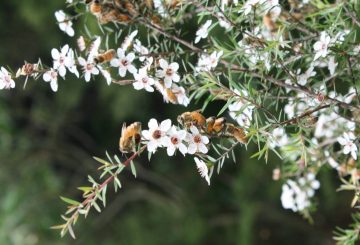オナエロ・ベイ・キャンプ場のビーチオーナーは、タラナキ・ビーチフロント保護区の改修計画で無視されたと訴え、地元のイウィたちに会いに招待されました。
オナエロ保護区の借地には17の湖があります。オナエロ保護区は、2005年のキウイ条約締結で返還されて以来、ンガティ・ムトゥンガが所有しています。
入植地後も、この土地はニュー・プリマス地区議会が管理するレクリエーション保護区として残されており、同地区はイウィの所有者との共同管理を強化するための新しい計画を策定中です。
フルカラーの「コンセプトマスタープラン」の草案には、海岸安定化植林、ビーチへのアクセスを単一地点に制限する遊歩道、橋のアップグレード、Ngāti Mutungaの歴史と川沿いにあったエイトパーなどの標識が盛り込まれています。
スティーブ・バーメスターは今週、評議員たちに、彼と他のバッハのオーナーは意見を求められていないと話しました。ビーチを借地しているオーナーは、ビーチへの車両アクセスを維持したいと考えています。しかし彼は、バッハの所有者はキウイにアプローチしていなかったと言いました。
ニール・ホルダム市長は、マスタープラン草案はオナエロの準備金管理計画の見直しに関する協議の出発点に過ぎないと強調しました。
評議員への報告では、オナエロ保護区管理計画はテ・ルナンガ・オ・ンガティ・ムトゥンガとの共同管理計画になると説明されていました。
ローカル・デモクラシー・レポーティングは、NZ On Airを通じて資金提供されている公益ジャーナリズムです。
クレジット:radionz.co.nz



























































